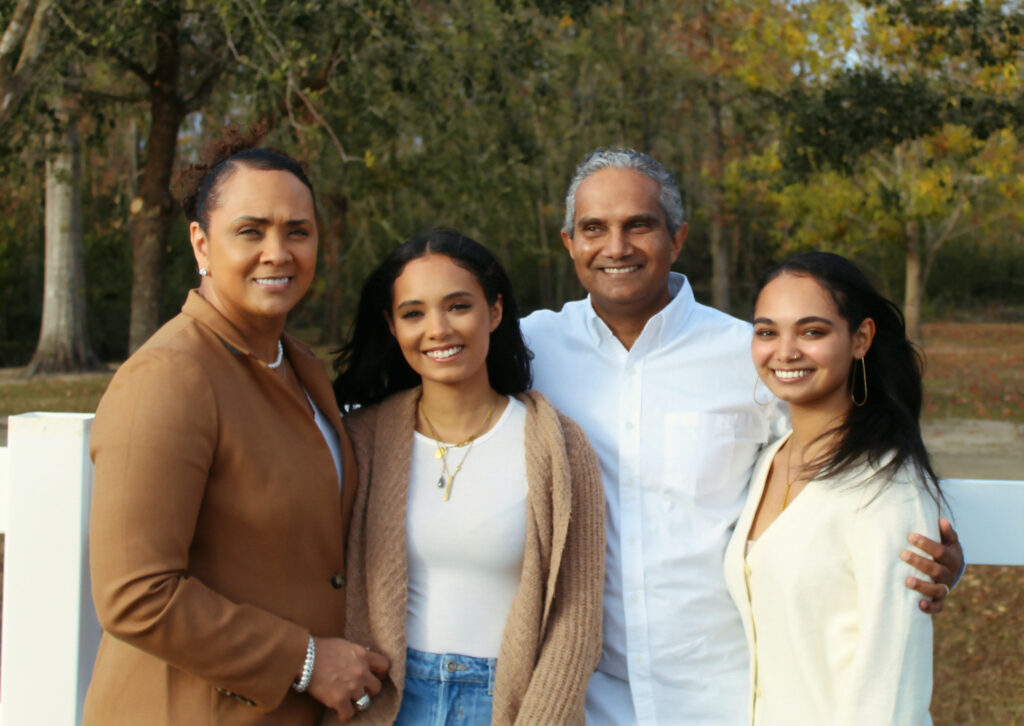Combat the Effects of High Inflation on Donors’ 2023 Giving
Please enter your information to receive this free article.
Author: Dave Smith, CAP®
Founder & CEO
Heaton Smith Group
A well-structured and robust gift planning program can benefit both donors and nonprofit organizations. Importantly, the characteristics and motivations of ideal gift planning prospects may vary based on their marital status.
Many gift planning presentations that I have attended over the past twenty years included the following question: Who are the best planned giving prospects? The unanimous answer was always single women, no children. While this demographic group represents generous gift planning prospects and donors, my 20+ years of experience in the field has led me to the following conclusion: the best gift planning prospects are married couples with educated heirs. Let’s explore why.

Married Couples
Married couples often have combined assets, which may mean that they have larger estates. The U.S. Census Bureau in a recent report noted a correlation between one’s marital status and household wealth. Specifically, the report found that married couples aged 65 and older had a median net worth of $600,000 compared to unmarried male and female households of $197,000 and $184,000, respectively. (Sullivan, Hays, & Bennett, 2023) This can lead to more significant planned gifts as married couples may have more assets to allocate toward their philanthropic interests.
While this can be seen as a complication, when both spouses align with a cause, the emotional and financial commitment can be profound. The process of making a decision together can also strengthen their bond and shared legacy. Importantly, dual decision making ensures that the deceased spouse’s goals are likely to be met.
Every donor with children with whom I have worked expressed the desire for their children to be financially comfortable, but these parents want their children to build their own wealth. Many higher-capacity donors paid for their children’s education and often pay for or supplement the cost of grandchildren’s education. More often than not, donors consider these “gifts” as part of their heirs’ inheritance. Donors with children want them to work hard, save for retirement, perhaps take calculated risks, and be generous to the nonprofit sector. Simply put, many donors with educated children do not feel obligated to give the whole of their estates to heirs but have margin to make meaningful legacy gifts.
One should not minimize the importance of donors’ children and grandchildren. The Giving USA Foundation Special Report: Leaving a Legacy, published in 2019, was the first look at living planned giving donors since 2000. The report found that 90.1 percent of respondents (10 percent of respondents were single and never married) included children in their estate plans and 53.8 percent included grandchildren. However, these donors were also generous to nonprofit institutions important to them by leaving a median bequest of $225,000, funding current median charitable trust of $500,000, and naming charities as beneficiaries of their retirement accounts for a median gift of $375,000! (Dale, 2019)
Married couples with children often engage in comprehensive estate planning to ensure that assets are distributed according to their shared wishes – for the surviving spouse, heirs, as well as nonprofit institutions most important to them. Their estate plans can get quite complex with trusts to protect assets – particularly if an heir is a spendthrift or there is distrust amongst donors and a son- or daughter-in-law. Gift planning offers donors with children a plethora of options to support heirs as well as tax-efficient ways for them to support charities near and dear to their hearts.
Single, Never Married Donors
Single donors have the sole discretion over their assets. This can sometimes lead to quicker decisions regarding planned gifts as they don’t need to consult or come to an agreement with a spouse. However, more and more individuals have a life partner to whom they are not married, so this may encumber their autonomy.
An assumption that gift officers often make regarding single donors is that they do not have heirs. Although most single donors in your portfolio likely don’t have children, many will have nieces and/or nephews, siblings, a life partner, or friends they want to name as beneficiaries of their estates. I have worked with only a handful of single donors who gave the whole of their estates to charity, so the consideration of heirs for single donors is important.
Single individuals without direct heirs might be more inclined to leave a legacy gift to a charitable organization and view it as a way to make a lasting impact in lieu of familial inheritance. One way to think about this is: Do single individuals have more margin in their estates for charity? Most of the time, the answer is yes. However, let’s remember that single donors are often less wealthy than their married counterparts.
With no spouse to consider, single donors may explore a broader range of giving options, from charitable remainder trusts to donor-advised funds based solely on their preferences and financial situation. I’ve heard almost all single donors with whom I have worked say, “I don’t have anyone to take care of me, so I have to plan accordingly.”
Conclusion
Both married couples and single donors present unique opportunities and considerations for nonprofits looking to bolster their planned giving programs. Understanding the motivations and characteristics of each group can help your organization tailor its outreach and communication strategies. But don’t forget that married couples with educated heirs are often your best gift planning prospects. By recognizing and addressing the specific needs and preferences of these distinct donor cohorts, your organization will foster deeper relationships and facilitate meaningful blended and estate gifts.

Your message was successfully sent
Our customer support manager or technical department representative will contact you within 24 hours.
Please enter your information to receive this free article.